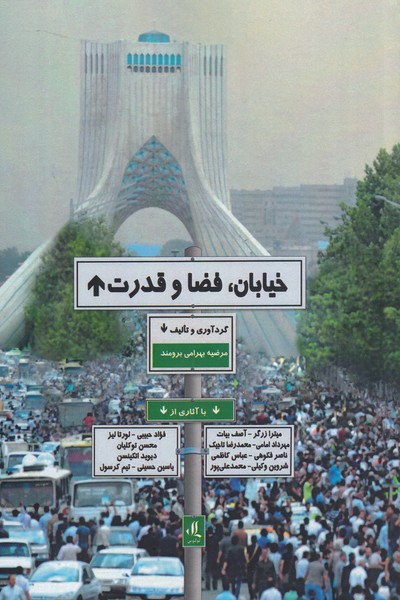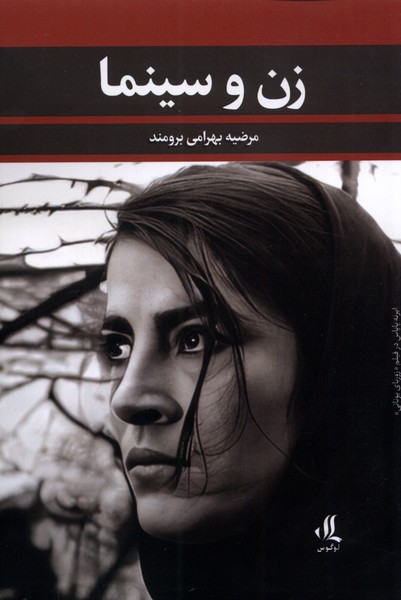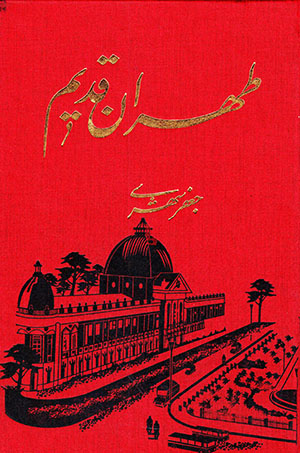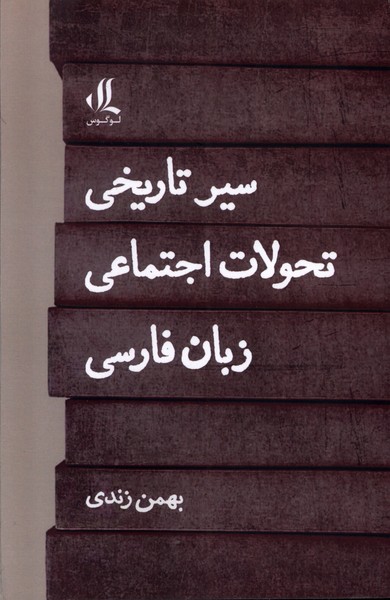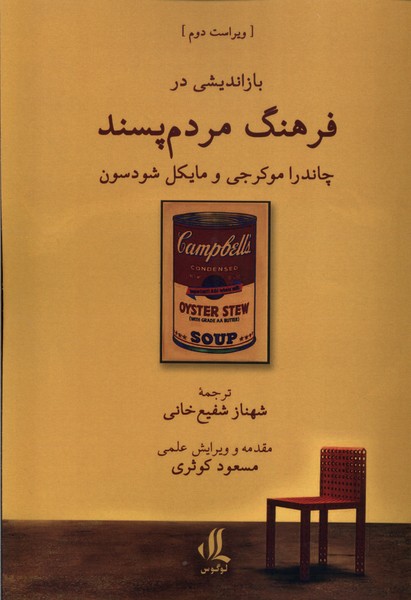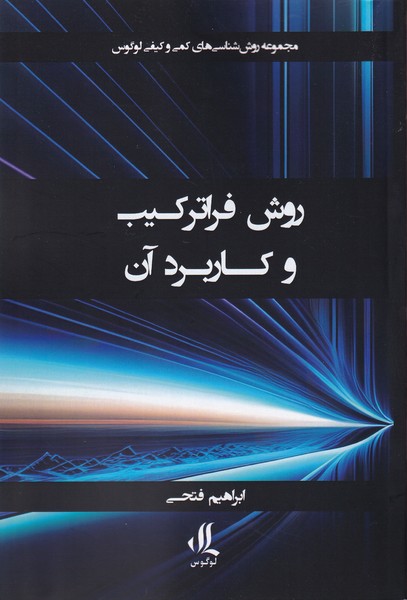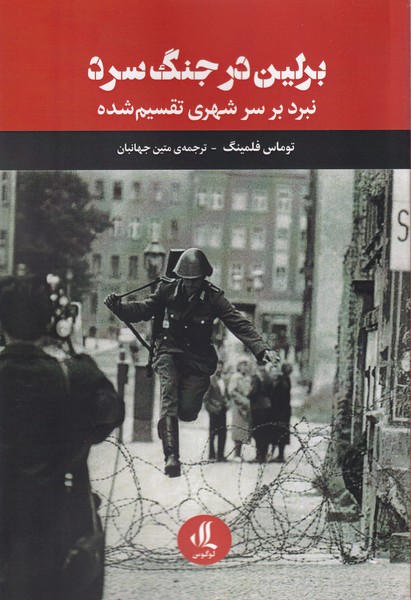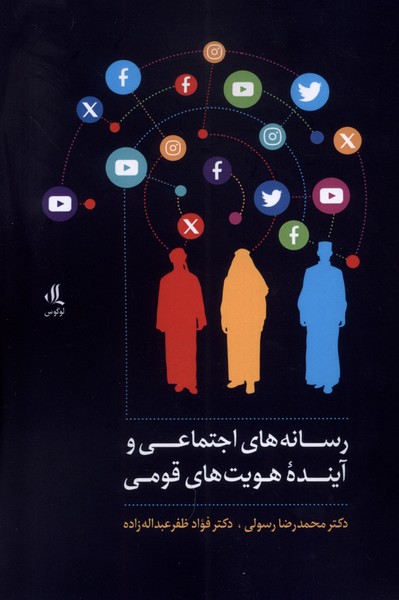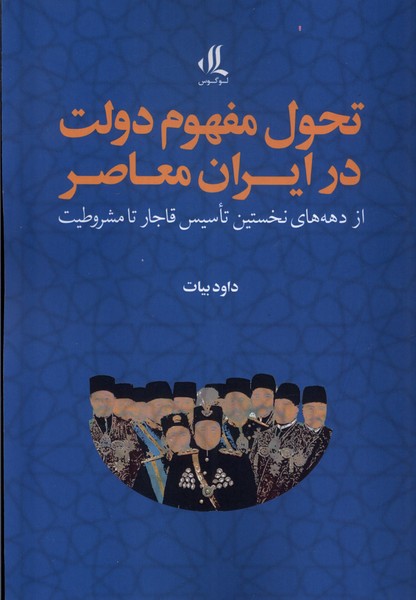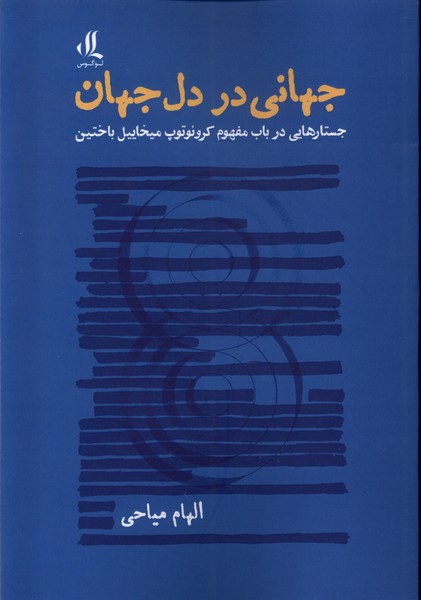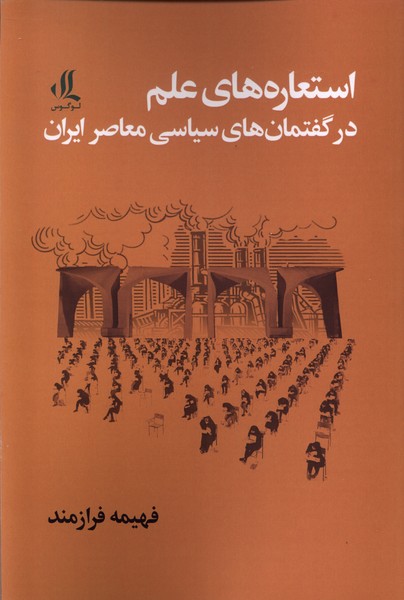Khīyābān, faz̤ā va qudrat: Persian 1400
خیابان، فضا و قدرت
21.19 $
Share
Wishlist
The street is an important element in today's world, as a public space, it is a platform where social, political, and gender interactions take place. According to Dr. Asif Bayat, the street in the concept of public space is the only geometric place for the collective movement of the strata who lack an institutional place to express their dissatisfaction. In order to describe how the street became a conscious arena of socio-political activities, Asif pointed to the relationship between "space" and "power". He believes that what makes the street stand out politically is the active and participatory use of public spaces. The street is usually in the domain of the government's power; Because the government regulates the rules and regulations of this arena and expects the users of these public spaces to behave passively and in accordance with the laws of the government. Therefore, any active use of the street challenges both the control of the ruling power and the groups enjoying the existing order. In recent years, thinkers and enthusiasts of this field have paid more attention to the concepts of participatory and active use of the street in urban order. Strengthening this area has led to the promotion of the culture of discourse around such issues and increased the participation of citizens, women, and men for a better life. This book, whose place was empty in today's intellectual debates in Iran, is an attempt to understand the street as a public space and to explain the public space through "the street".
more
خیابان، عنصری مهم در جهان امروز بوده، بهمثابه فضای عمومی بستری است که تعاملات اجتماعی، سیاسی و جنسیتی در آن شکل میگیرد. به بیان دکتر آصف بیات، خیابان در مفهوم فضای عمومی، تنها مکان هندسی برای حرکت جمعی اقشاری است که فاقد جایگاهی نهادی برای بیان نارضایتیشان هستند. به منظور توصیف چگونگی تبدیل شدن خیابان به عرصۀ آگاهانۀ فعالیتهای سیاسی-اجتماعی، آصف به رابطۀ «فضا» و «قدرت» اشاره کرده، معتقد است آنچه بستر خیابان را بهلحاظ سیاسی برجسته میکند استفادۀ فعالانه و مشارکتگرایانه از فضاهای عمومی است. عرصۀ خیابان به طور معمول در حوزۀ قدرت حکومت است؛ چرا که حکومت قواعد و مقررات این عرصه را تنظیم و نظم آن را برقرار میکند و از استفادهکنندگان این فضاهای عمومی انتظار دارد بهشکلی منفعلانه و مطابق با قوانین موضوعۀ حکومت در آن رفتار کنند. ازاینرو، هرگونه استفادۀ فعالانه از خیابان، هم کنترل قدرت حاکم و هم گروههای برخوردار از نظم موجود را به چالش میکشد. اندیشمندان و علاقهمندان این حوزه در سالهای اخیر به مفاهیم استفادۀ مشارکتجویانه و فعالانه از خیابان در نظم شهری توجه بیشتری کردهاند. تقویت این حوزه سبب ارتقاء فرهنگ گفتمان حول موضوعاتی از این قبیل و افزایش توان مشارکت شهروندان، زنان و مردان برای زیستی مطلوبتر شده است. این کتاب، که جای آن در مباحث اندیشهای امروز ایران خالی بود، تلاشی است برای فهم خیابان بهمثابه فضای عمومی و تبیین فضای عمومی به واسطۀ «خیابان».
more

